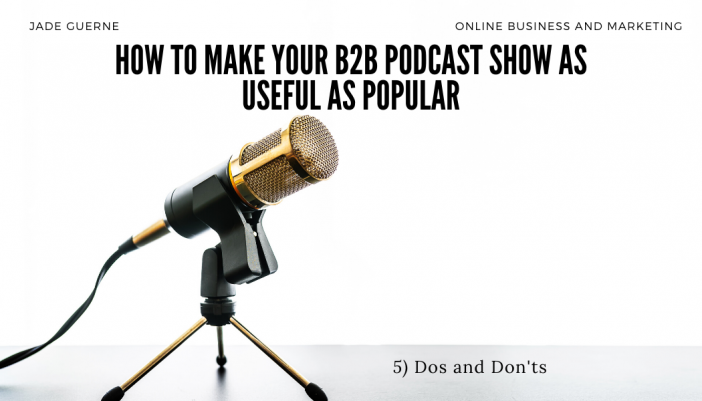
Hi all!
Unfortunately, I can hardly find time for interviews with experts and have to change my plans. If today was to be a podcast article with a professional of the genre, I switch to another post rather fun and straight forward: the do’s and don’ts.
Not very complicated for us humans to understand since our life is ruled by “do this and don’t do that”. For example, say hello to the people you meet but don’t talk to strangers… For the world of podcasting, nothing is different. There are some things you should do and some things you should absolutely avoid. So I’ve summarized nearly 240 opinions in this post, whether they are specialists, fans or podcast enthusiasts.
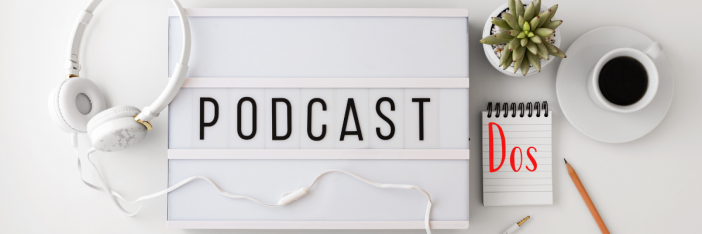
- I’m sure you’ve already been churned out with the phrase: you only pay attention for 20 minutes… Well, that person was right and this is a great bike for your podcast show. Your episodes shouldn’t normally exceed 20-25 minutes. Exceptions always happen but remember that having only empty hearing can get boring so be inventive.
- On the same note, stay casual! No need to make it too serious, even if your subject is serious. You must make your podcast interesting and fun. Don’t choose a way of speaking that is too complicated or distinguished, you risk losing your audience.
- Your first goal as a poadcaster is to keep an audience. To do this, you need to set up a routine in their daily lives. Your episodes should always look the same and it should be posted on the same day at the same time. This information was detailed in my first post: Subject and audience.
- Another important point is the issue of good editing. The recording of your podcast can take place months before it is published and this is very useful to properly edit your episodes. You don’t need to cut every hum or cough but you can cut out sentences that don’t fit your topic or reduce background noises that are not pleasant to hear.
- Here is a very important point that I already mentioned in my article: the good software. Choose the right platform. By good, I mean the one you work best with and that is the easiest for you to use. It should also have a very good statistical tool and be visually appealing. Moreover, if it can be automatically connected to other apps through the RSS feed, this would be even better.
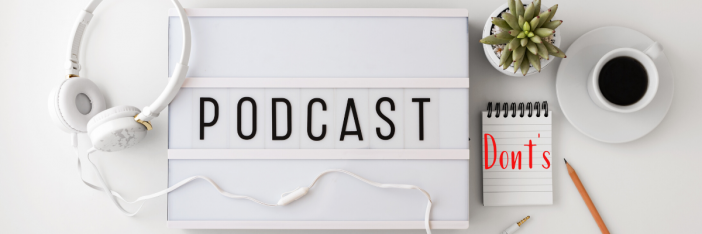
- A very important piece of advice is not to sell. If your audience feels that your episode is trying to push them to buy something, they will stop following you. Be subtle and try to see things from an expert point of view with tips and best practices rather than direct selling tactics.
- Don’t talk about insider jokes! And, at the same time, don’t use overly complicated words that are part of your jargon without explaining them to your audience. You have to try to reach as many people as possible and being too specific will scare off your listeners.
- Another very important point is not to wait for your audience to come to you. You have to promote your show actively and intensely. Don’t think that people will stumble upon it by chance and don’t skimp on the means. All are good to attract listeners: blog, social media, website, newsletter…
- On the same note, don’t give up on your hearing. Not only respond to their questions and requests, but also take their remarks into account and push them to ask you for more. The more they can interact with you, the more involved they will be, the more attached they will become.
- Last but not least, do not get too obsessed with your numbers. Sometimes an episode you thought would achieve great results wont and it will affect you but keep in mind that building an audience take a few years… It is during these years that you need to learn from this audience. To understand what works and does not work you need to try out and fail. It is part of the process and will help you reach your goals.
I hope this post will give you some great tips on what to do or not with you show. The next posts will be interviews and one will be oriented around how and where to promote your episodes! See you next week, stay tuned!
In the meantime, if you have missed one of the previous posts, here there are:
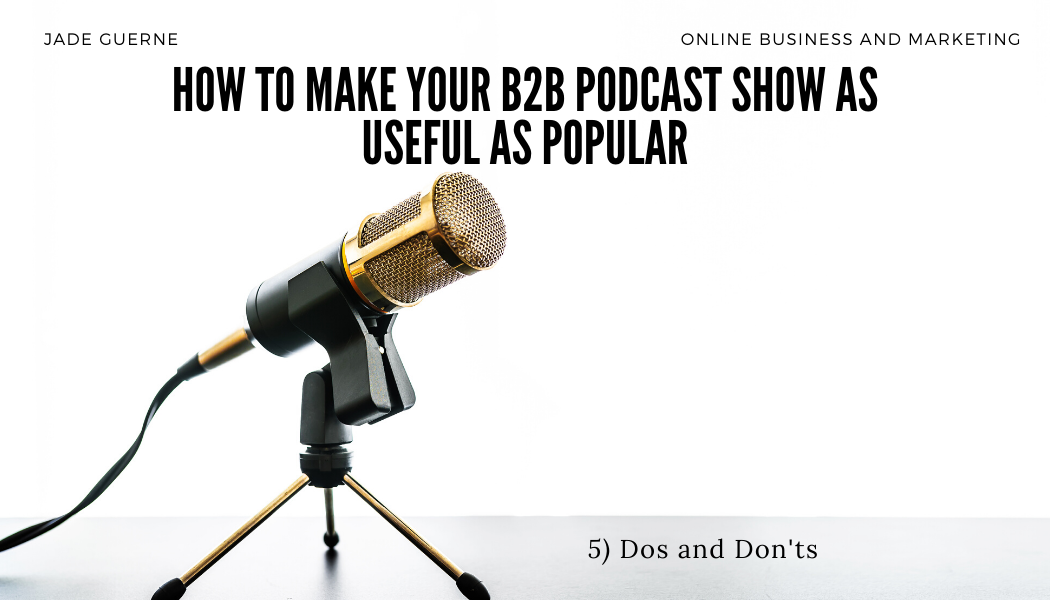
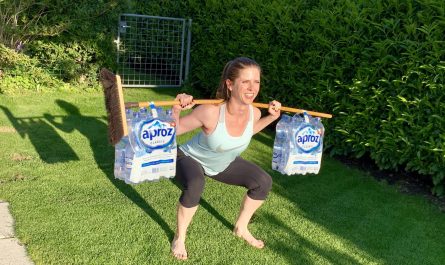
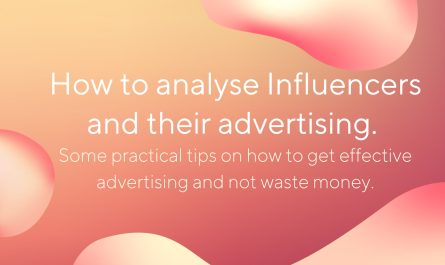
Really enjoyed the blog post! Very helpful tips!
Hello Vic, thanks for this, I appreciate!
This post was super helpful! I started listening to podcasts on my 3h daily commutes (which I no longer have to take on, thankfully) and I agree, engaging, simple language, listening to the audience (even taking their questions) and keeping it compact worked well for me. I think a great example for how this is done well is by Barbara Corcoran from the Shark Tank. I loved listening to her – she takes audience questions and ties them into the podcast’s overarching topic.
Hey Oli, thanks for your comment I am happy to read that it was insightful!